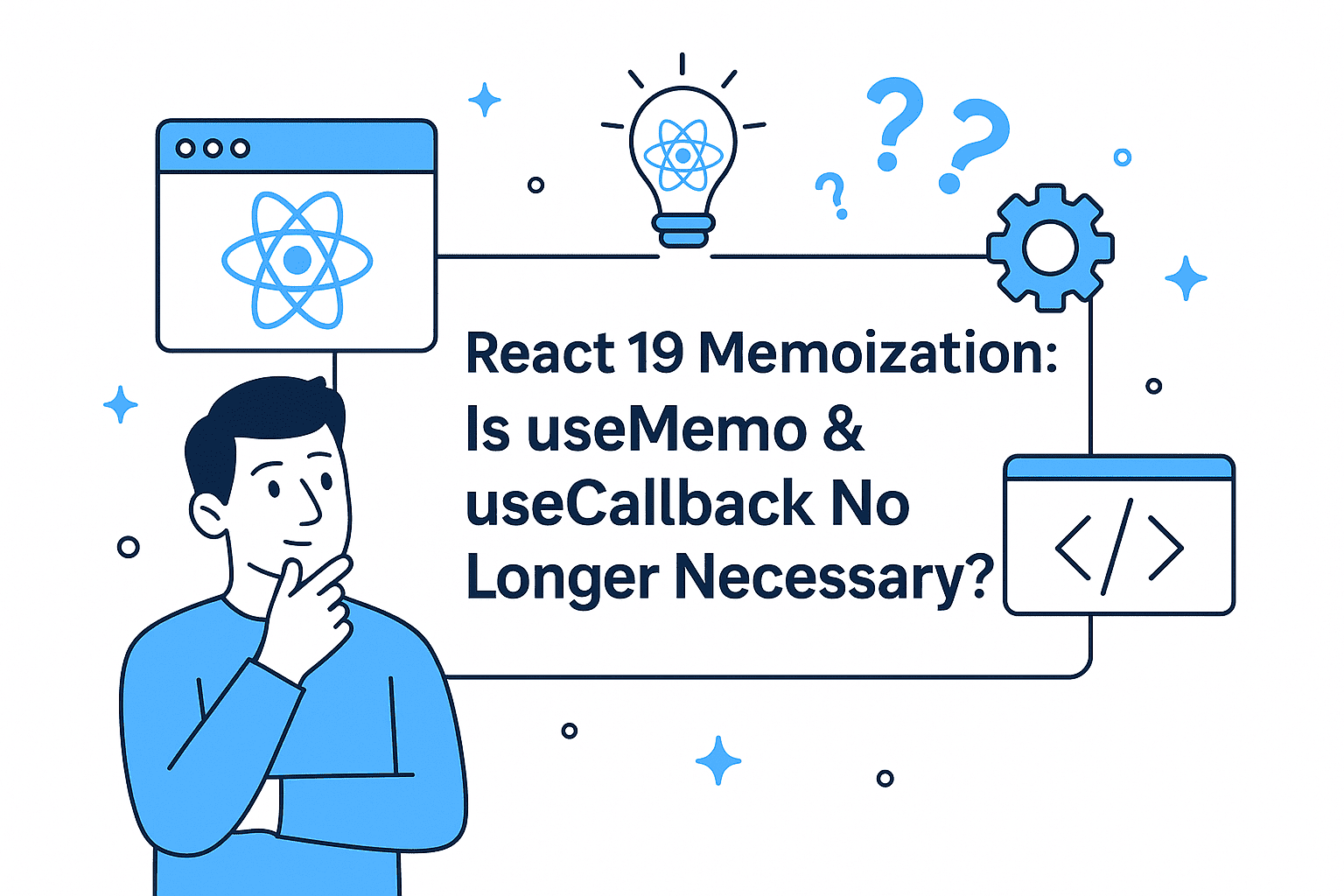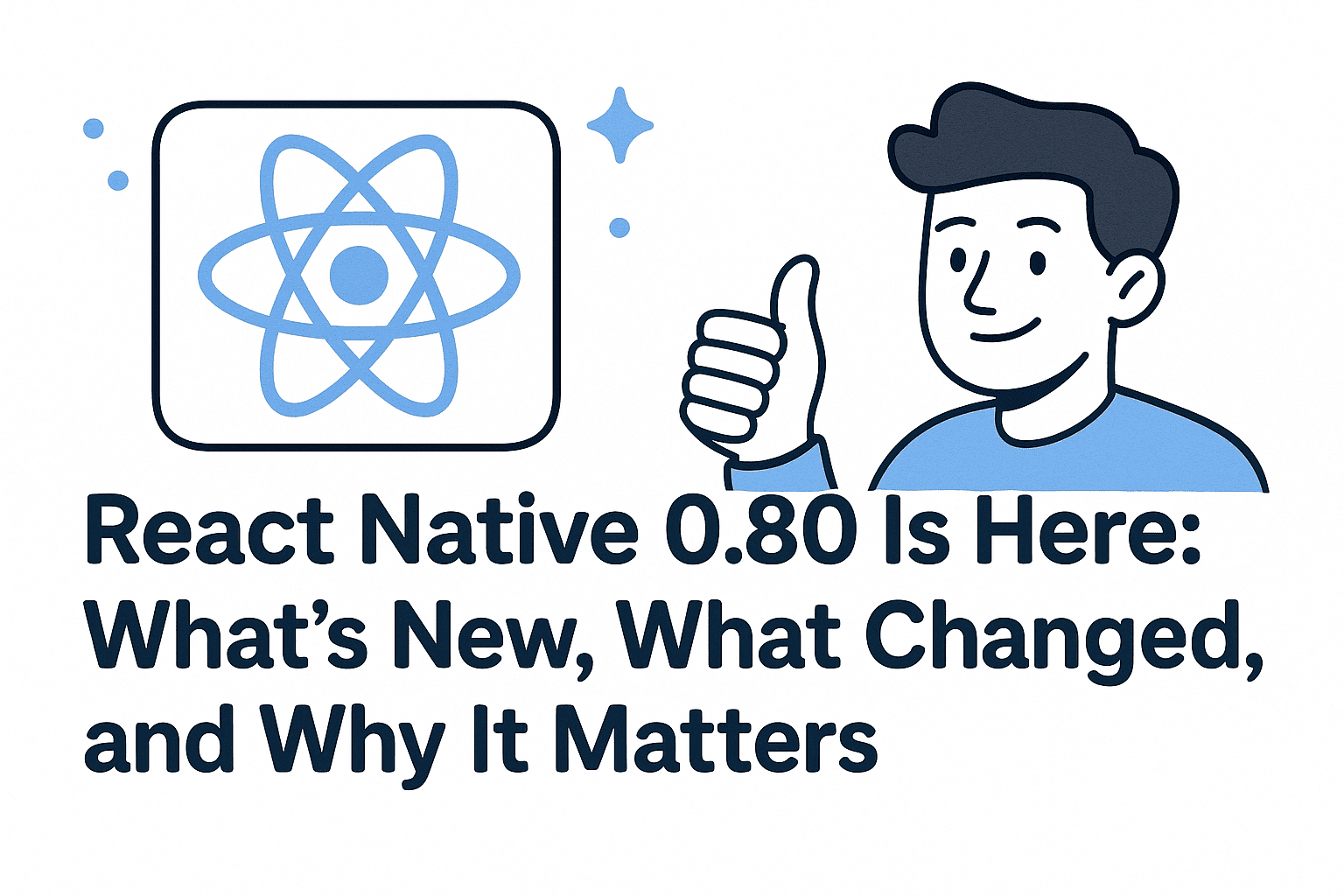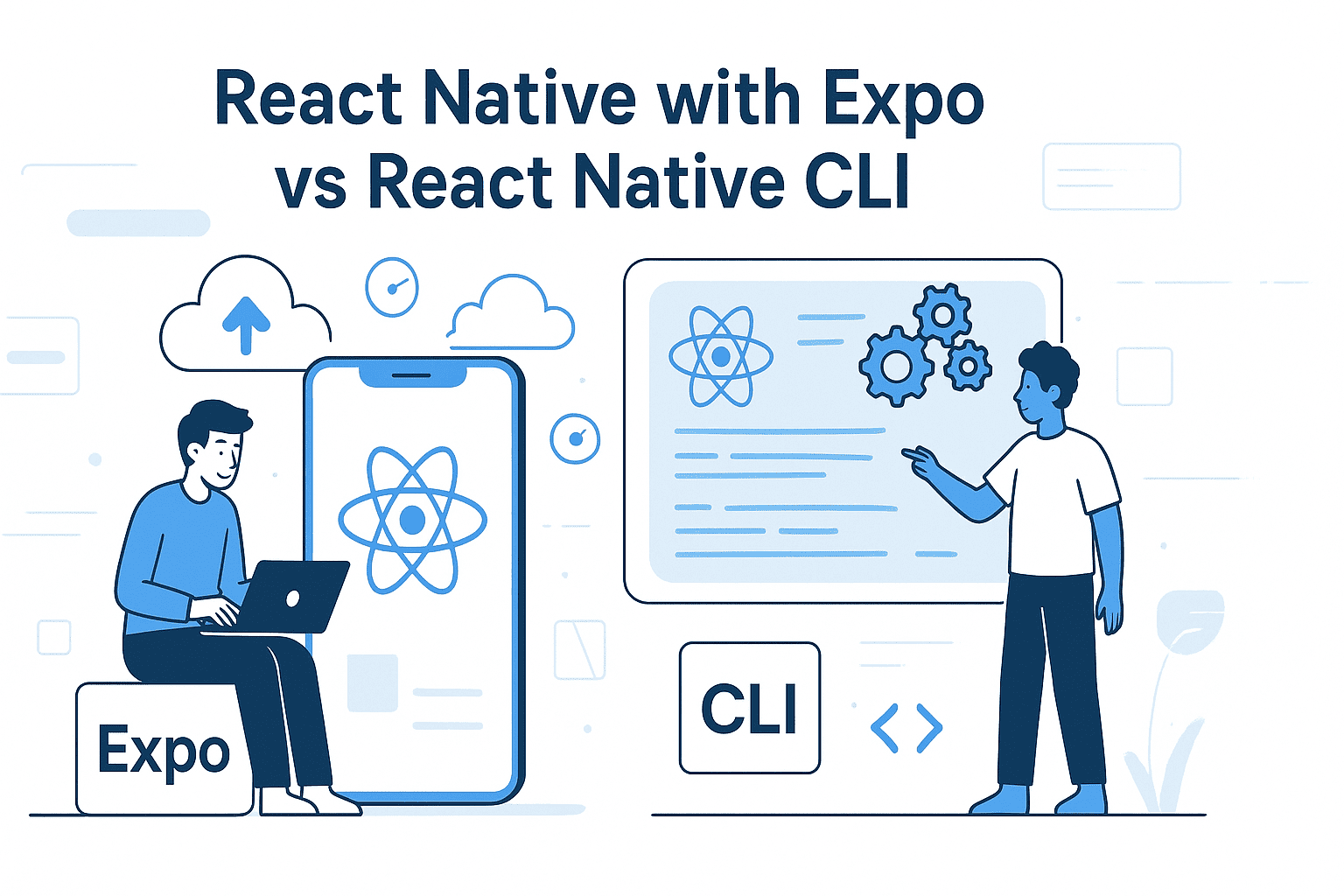React 19.2 officially dropped in October 2025, marking another solid iteration in the React 19 series. This release refines React’s modern rendering architecture, adds new APIs for developers, and brings notable SSR and DevTools improvements.
In this post, we’ll cover what’s new, show real code examples, and help you decide: is now the time to upgrade your React version?
What’s New in React 19.2
React 19.2 focuses on developer ergonomics, performance, and partial pre-rendering enhancements. It’s not a breaking release—but it adds APIs that help you write more efficient, maintainable components.
Here’s what stands out.
The <Activity /> Component
The new <Activity /> API introduces a new rendering concept: visible vs hidden UI states. You can keep inactive UI parts “alive” in memory—preserving their state—while deferring updates until React has idle time.
Example:
Before React 19.2
{
isVisible && <ChatPanel />;
}
Now with React 19.2
<Activity mode={isVisible ? "visible" : "hidden"}>
<ChatPanel />
</Activity>
When mode="hidden", React unmounts effects and defers updates, improving performance and reducing re-renders for background UI elements.
Perfect for background tabs, side panels, or settings screens.
useEffectEvent — Cleaner Event Logic in Effects
A long-requested feature, useEffectEvent lets you define event callbacks inside effects without causing unnecessary re-runs when props or state change.
Example:
Before
useEffect(() => {
const connection = createConnection(roomId);
connection.on("connected", () => {
showNotification(`Connected to ${roomId}`);
});
connection.connect();
return () => connection.disconnect();
}, [roomId, theme]); // triggers when theme changes too
With useEffectEvent
function ChatRoom({ roomId, theme }) {
const onConnected = useEffectEvent(() => {
showNotification(`Connected to ${roomId}`, theme);
});
useEffect(() => {
const connection = createConnection(roomId);
connection.on("connected", onConnected);
connection.connect();
return () => connection.disconnect();
}, [roomId]);
}
The effect only re-runs when roomId changes, but onConnected always reads the latest theme. This simplifies logic and improves performance.
cacheSignal — Smarter Caching for Server Components
For apps using React Server Components, React 19.2 adds cacheSignal() to manage cached async work and clean it up when it’s no longer needed.
import { cache, cacheSignal } from "react";
const dedupedFetch = cache(fetch);
async function DataComponent({ url }) {
const res = await dedupedFetch(url, { signal: cacheSignal() });
return <pre>{await res.text()}</pre>;
}
This enables better control over cached fetches, reducing resource leaks and improving SSR consistency.
Partial Pre-Rendering and Streaming Improvements
React 19.2 enhances Partial Pre-Rendering (PPR) and streaming resume, letting you prerender static content and dynamically “fill in” interactive sections later.
Example workflow
const { prelude, postponed } = await prerender(<App />);
sendToCDN(prelude);
store(postponed);
const postponedState = await loadPostponedState();
const stream = await resume(<App />, postponedState);
This approach improves TTFB (time-to-first-byte) while keeping hydration efficient for dynamic content.
DevTools and Core Improvements
- Performance Tracks: new visual timeline for React’s scheduler and render phases.
- Suspense batching: multiple Suspense boundaries now reveal together during SSR streaming.
- Web Streams in Node: full support for the renderToReadableStream() API.
- Minor changes:
- Updated useId prefix to r for compatibility.
- Added nonce support for hoistable styles.
- Bug fixes and warnings for invalid DOM text nodes.
Should You Upgrade to React 19.2?
Let’s answer the big question—is it time to upgrade your React app?
Upgrade If…
- You’re already on React 19.x (19.0 or 19.1).
- You use Server Components or Partial Pre-Rendering.
- You want the cleaner useEffectEvent pattern.
- You rely on performance debugging tools.
Wait If…
- You’re on React 18 or older—test SSR and hydration carefully.
- Your ecosystem (Next.js, Remix, or React Router) hasn’t fully aligned yet.
- You have strict linting setups—update eslint-plugin-react-hooks first.
- You rely on custom ID or SSR pipelines—validate for breaking changes.
Recommended Upgrade Path
- Update dependencies: ensure you’re using the latest ESLint, React Router, and build tools.
- Adopt incrementally: start using useEffectEvent in isolated places.
- Test thoroughly: check Suspense hydration, ID stability, and SSR output.
- Monitor performance: use DevTools’ new tracks to benchmark render phases.
If your app is modern, well-tested, and already on 19.x, upgrading is safe and worthwhile.
🏁 Conclusion
React 19.2 continues the React 19 vision: incremental innovation that makes components simpler, faster, and more flexible. The new APIs—<Activity />, useEffectEvent, and cacheSignal—streamline real-world codebases, while SSR improvements move React closer to a unified streaming future.
For production teams, this is a great time to plan your upgrade, especially if you’re modernizing SSR or exploring Server Components.
🤝 Need a Custom RSVP System or Dashboard?
I help businesses build tools that actually work , even on tight deadlines.
Whether you're planning an event, need internal tools, or want a custom dashboard for your team , I can help.
Reach out
📧 Email: safi.abdulkader@gmail.com | 💻 LinkedIn: @abdulkader-safi | 📱 Instagram: @abdulkader.safi | 🏢 DSRPT
Drop me a line, I’m always happy to collaborate! 🚀



